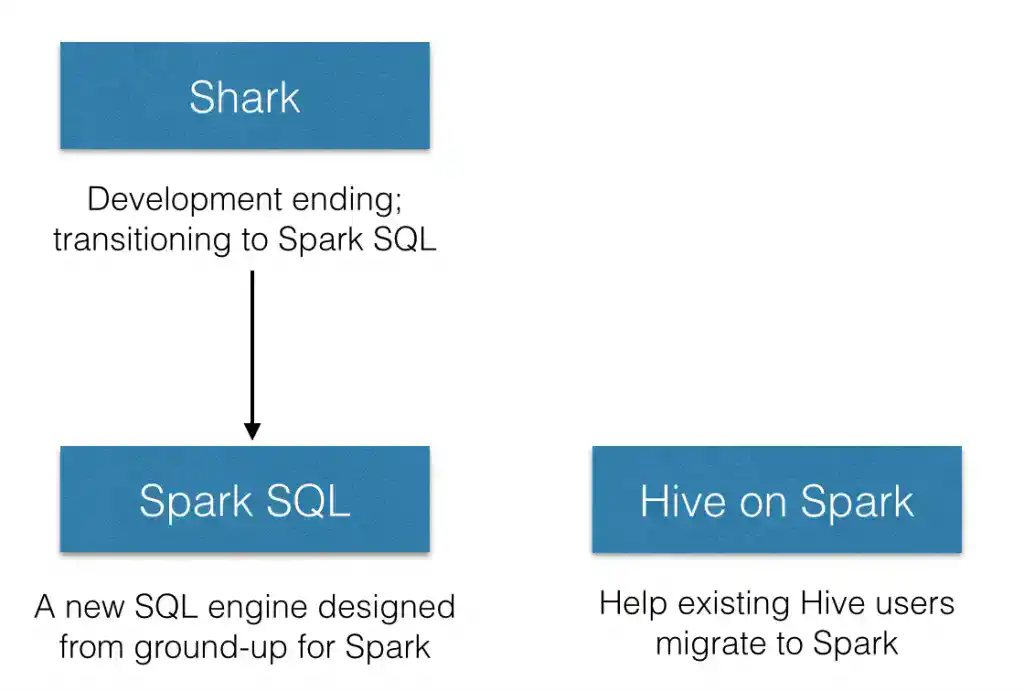How to build a sparkSession in Spark and scala
admin
#scala #spark #sparksession #bigdata
How to Build a SparkSession in Spark and Scala
Apache Spark is a powerful framework for big data processing and analytics. At the core of Spark’s functionality lies the SparkSession, an essential entry point to Spark's Dataset and DataFrame API. Whether you're working in Python or Scala, creating a SparkSession is the first step to utilizing Spark's features.
In this article, we’ll explore how to build a SparkSession in Spark using both Python and Scala, along with its key functions and use cases.

What is a SparkSession?
A SparkSession serves as the unified entry point for:
-
Creating DataFrames
-
Registering DataFrames as tables
-
Executing SQL queries on tables
-
Caching tables
-
Reading files (e.g., Parquet, CSV)
By combining previous entry points like SparkContext, SQLContext, and HiveContext, the SparkSession simplifies working with Spark.
Building a SparkSession in Python
Here’s how you can create a SparkSession in Python using PySpark:
from pyspark.sql import SparkSession
# Create a SparkSession instance
spark = SparkSession.builder \
.appName("ExampleApp") \
.getOrCreate()
# Reading a CSV file into a DataFrame
df = spark.read.csv("filename.csv", header=True)
# Display the first few rows of the DataFrame
df.show()
Explanation:
-
builder: Initializes a SparkSession. -
appName: Sets the application name. -
getOrCreate: Creates a SparkSession if one does not already exist. -
The
read.csvmethod loads a CSV file into a DataFrame, making it easy to process tabular data.
Building a SparkSession in Scala
In Scala, the process of creating a SparkSession is similar but uses Scala’s syntax. Below is an example:
import org.apache.spark.sql.SparkSession
// Create a SparkSession instance
val spark = SparkSession.builder
.appName("ExampleApp")
.master("local") // Define the master node
.enableHiveSupport() // Enable Hive support if needed
.getOrCreate()
// Reading a CSV file into a DataFrame
val df = spark.read.option("header", "true").csv("filename.csv")
// Show the first few rows of the DataFrame
df.show()
Explanation:
-
appName: Specifies the name of your Spark application. -
master: Sets the Spark master URL. For local development, uselocal. -
enableHiveSupport: Activates Hive support for advanced SQL operations. -
.csv: Reads a CSV file with headers enabled.
Key Features of SparkSession
-
Unified API:
-
Combines
SparkContext,SQLContext, andHiveContextfor simplicity.
-
-
DataFrame and Dataset Operations:
-
Perform transformations and actions easily using Spark’s API.
-
-
SQL Execution:
-
Execute SQL queries on registered DataFrames as tables.
-
-
Integration with Storage Formats:
-
Read and write files in formats like Parquet, JSON, and CSV.
-
-
Caching and Performance Optimization:
-
Cache tables and DataFrames for faster processing.
-
When to Use a SparkSession?
-
Data Ingestion: Reading data from external sources such as HDFS, S3, or local files.
-
Data Transformation: Performing complex transformations on DataFrames and Datasets.
-
SQL Operations: Querying large datasets using SQL queries.
-
Integration: Working with Hive or other data storage solutions.
Conclusion
Building a SparkSession is an essential step in any Spark application. Whether you’re using Python or Scala, the process is straightforward and provides a powerful gateway to Spark’s extensive capabilities. From data ingestion to SQL execution, SparkSession simplifies big data processing, making it an indispensable tool for data engineers and analysts.
Start building your SparkSession today and unlock the full potential of Apache Spark for your big data needs.
For more tutorials and insights on Spark, visit orientalguru.co.in.